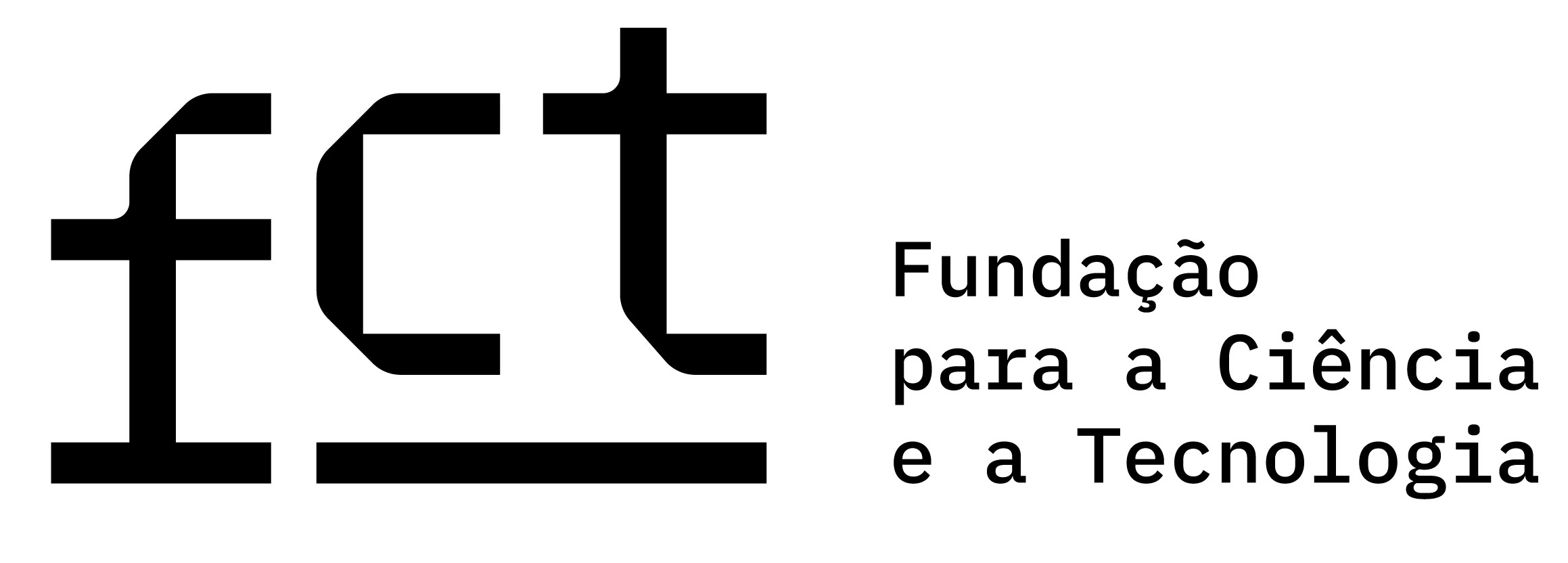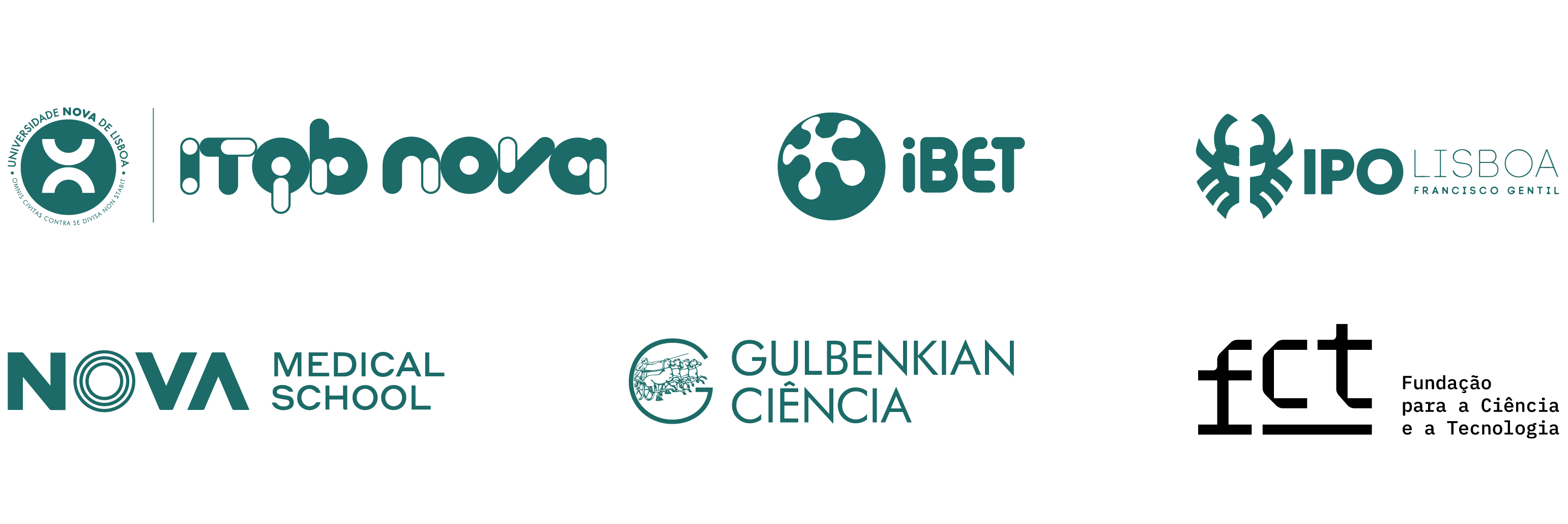What happened at our partners… June 2023 edition

Gulbenkian hosted this year’s EU-LIFE community meeting and the 10th year’s conference bringing together more than 300 participants. IGC is one of the founding members of the 15 life science research centers of the European Alliance. Mónica Bettencourt-Dias, IGC director is presently the Chair of the EU-LIFE.
See more here.

ITQB NOVA and NMS researchers discovered a substance that can improve movement in Parkinson’s disease. Research by Pedro Domingos’ (ITQB NOVA) and Cláudia Santos’ (NMS) labs identified a compound present in the Camarinha shrub capable of neutralizing the toxicity and aggregation of proteins in neurons. When this compound was administered to diseased fruit flies, their movement control improved visibly.
The study, published in Nature Communications, opens new doors to fight Parkinson’s disease.
Learn more here.
![]()
NOVA Medical School hosted 140 national and international researchers for the 2nd National Network on Extracellular Vesicles meeting to discuss the latest advances in this area, specifically at its interface with cancer, infection and immunity, tissue regeneration and degeneration and neurobiology and metabolic diseases.
See more here.

On June 23rd, iBET officially inaugurated the new research building, the iBET Biofarma. With an investment of more than 25 million Euros and 30 cutting-edge research labs, the iBET Biofarma will allow to expand iBET’s activity in the key areas of bioprocess development and analytical tools to produce new gene & cell-therapies and vaccines.
Learn more here.

Ximo Duarte, iN4H/LS4F researcher, a specialist in pediatric oncology particularly interested in studying Acute Lymphoblastic Leukemia (ALL), is part of the IPO Lisbon team that administered for the first time in Portugal CAR-T cell-based immunotherapy in children.
Ximo Duarte, who has been in Portugal for 20 years, is involved in academic Clinical Trials and European projects in pediatric oncology, an area where clinical research remains insufficient and challenging.
A successful case, as after 6 months of the treatment, the girl is stable and without signs of disease.
Learn more here.





